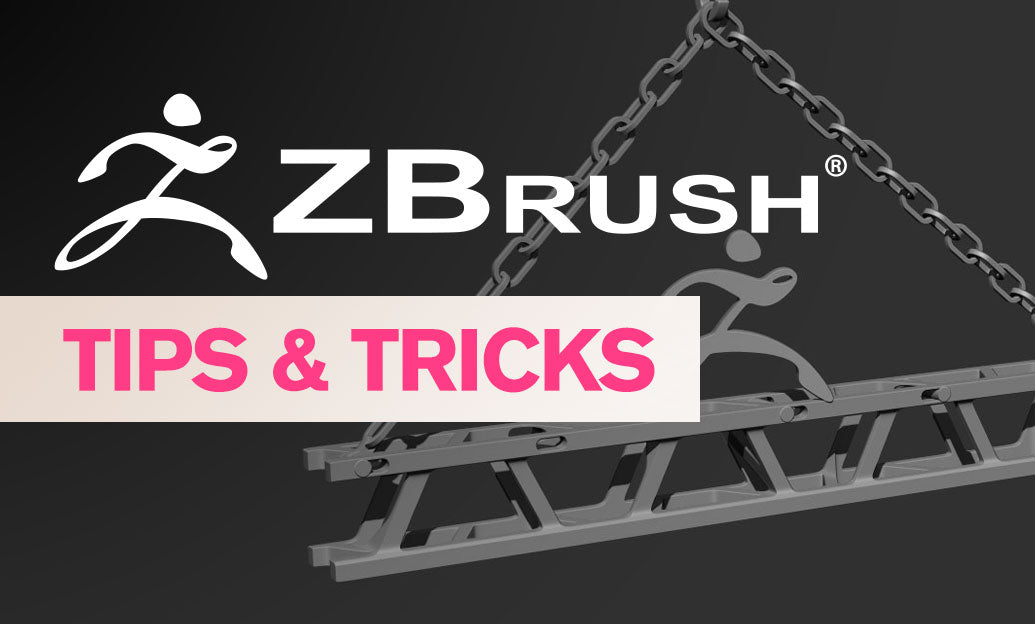Your Cart is Empty
Customer Testimonials
-
"Great customer service. The folks at Novedge were super helpful in navigating a somewhat complicated order including software upgrades and serial numbers in various stages of inactivity. They were friendly and helpful throughout the process.."
Ruben Ruckmark
"Quick & very helpful. We have been using Novedge for years and are very happy with their quick service when we need to make a purchase and excellent support resolving any issues."
Will Woodson
"Scott is the best. He reminds me about subscriptions dates, guides me in the correct direction for updates. He always responds promptly to me. He is literally the reason I continue to work with Novedge and will do so in the future."
Edward Mchugh
"Calvin Lok is “the man”. After my purchase of Sketchup 2021, he called me and provided step-by-step instructions to ease me through difficulties I was having with the setup of my new software."
Mike Borzage
Rhino 3D Tip: Best Practices for Efficient Solid Modeling in Rhino 3D
October 11, 2025 3 min read

Solid modeling in Rhino 3D empowers designers to create precise, fully enclosed volumes that lend themselves to a wide range of fabrication, analysis, and presentation workflows. By focusing on airtight geometry, modeling complexities can be drastically reduced when it comes to Boolean operations or slicing for 3D printing. Achieving this level of precision involves understanding how to efficiently manipulate solid geometry, maintain clean topology, and manage transformations without compromising surface continuity.
One of the greatest advantages of Rhino is its flexible approach to modeling, which supports both surface and solid methodologies. This combined functionality makes it possible to transition from conceptual surface exploration to robust, production-ready volumes quickly. The following suggestions will help you develop best practices for creating and working with solid geometry in Rhino, ensuring you remain productive and confident when tackling complex models. Always remember that, for resources and additional training, you can look into NOVEDGE, as they provide valuable guidance and software solutions.
- Plan Your Geometry Carefully: Start by mapping out your design with simple shapes and profiles. Construct extrusions, revolves, or sweeps from clean, closed curves. This early focus on organization minimizes downstream problems, especially when transitioning from surfaces to solids.
- Use Appropriate Layers: Keep each conceptual phase on a dedicated layer, which helps isolate key design elements. This organization makes it easy to revert to earlier steps if your solid requires refinement. Well-structured layers also prove beneficial when exporting or collaborating with colleagues.
- Check for Naked Edges and Gaps: When converting surfaces into solids, always examine the edges for potential gaps. Rhino’s “Analyze > Edge Tools > Show Edges” command highlights open boundaries. Closing these ensures watertight geometry, allowing you to perform Boolean unions or subtractions with fewer errors.
- Refine Boolean Operations: Solids lend themselves well to operations such as Union, Difference, and Intersection. However, messy topology or overlapping surfaces can disrupt these commands. A trick is to simplify complex geometry before applying Booleans. If you run into trouble, consider breaking a large Boolean into multiple smaller tasks.
- Use the “Solid” Menu Commands Wisely: Rhino’s dedicated “Solid” menu (or corresponding toolbars) contains shortcuts for creating fillets, chamfers, and other volumetric elements. Familiarize yourself with these specialized commands. They help refine designs while preserving continuity, leading to smoother transitions at edges and corners.
- Leverage Analysis Tools: Surface and volume analysis commands, such as “Zebra” or “Environment Map,” allow you to inspect the smoothness and continuity of your solids. This is immensely helpful in detecting potential imperfections that may not be obvious at first glance.
Developing solid modeling tactics is essential for Rhino users aiming to produce professional, fabrication-ready results. An organized layer structure, careful use of Boolean operations, and consistent checks for geometry integrity all contribute to a successful design pipeline. As you become more proficient, you’ll discover how solids can accelerate your workflow and reduce iteration times, ensuring you stay on track with tight project deadlines.
Always remain open to exploring new techniques, plug-ins, and add-ons that further enhance your solid modeling process. Whether you’re experimenting with parametric design tools or testing advanced rendering capabilities, remember that personalizing your approach unlocks new creative opportunities. If you want to expand your toolkit or find trusted expert advice, visit NOVEDGE for comprehensive software options and learning resources. These steps will strengthen your understanding of Rhino’s core solid features and help refine your modeling repertoire for best-in-class project outcomes.
You can find all the Rhino products on the NOVEDGE web site at this page.
Also in Design News

Cinema 4D Tip: Maximizing Animation Dynamics with the Squash and Stretch Deformer in Cinema 4D
October 11, 2025 3 min read
Read More
Bluebeam Tip: Streamline Document Management with Bluebeam Revu's Batch Slip Sheet Feature
October 11, 2025 2 min read
Read More
ZBrush Tip: Enhancing Workflow Efficiency through Strategic Project Organization in ZBrush
October 11, 2025 2 min read
Read MoreSubscribe
Sign up to get the latest on sales, new releases and more …


